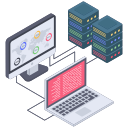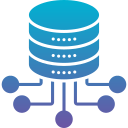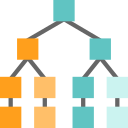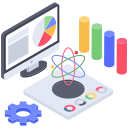Types of IoT Connections
An IoT system has a three-level architecture device. The data moves between these levels. So, it needs to provide the connection on these levels. Three-level devices are
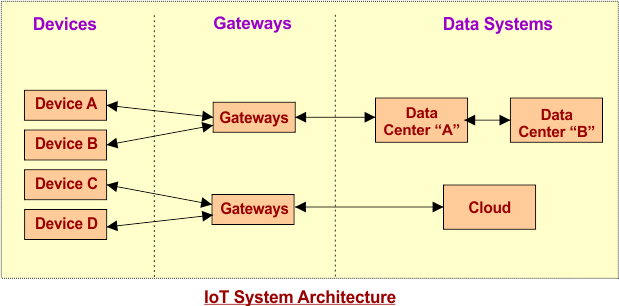
- Level 1: Publisher Devices
- Level 2: Gateways or Broker Devices
- Level 3: Data system or Cloud Devices
Let’s explain the Types of IoT Connections
1. Device to device (D2D) Connection
In IoT, the smart devices (i.e., sensors) at the publisher’s end can directly communicate with each other when they need to share information without intermediates (i.e., brokers).
This technique is used in robot systems so that components can coordinate and perform action more efficiently.
2. Device to Gateway Connection
Communication between devices (i.e., sensors) and gateways is possible where gateways are more powerful than sensors.
Gateways get data from sensors and route it to the relevant data system.
3. Gateway to Data systems
Data systems get data from gateways and analyze this data; if any problems exist in the data, then data systems return this data back to the sending source (i.e., send to gateway and gateway send back to the sensor).
4. Between Data Systems or Cloud
Data can also be transferred within data systems or clouds. For this purpose, some Protocols are used to achieve a high availability of data and reliable recovery as well.

